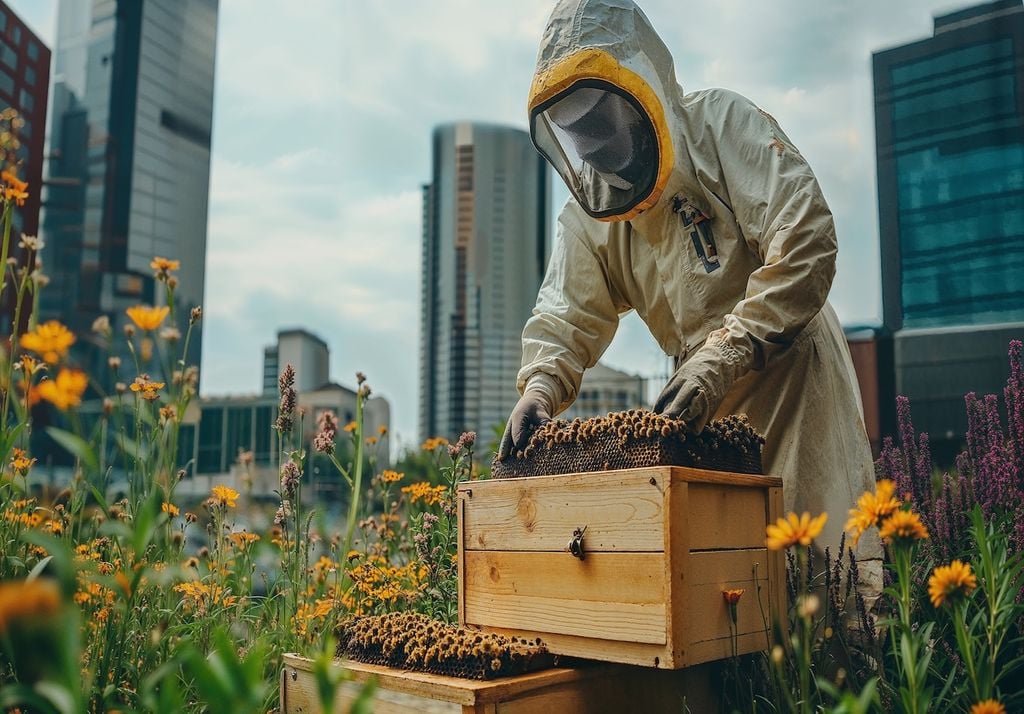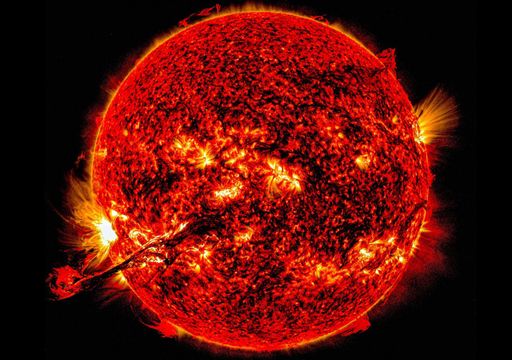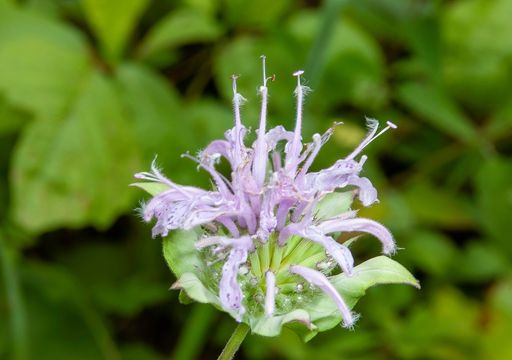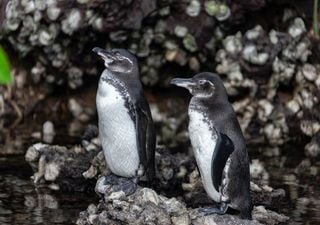Plastic pollution threatens bees and global food security, according to a Nature study
This new study highlights the ingestion of plastic particles by pollinators, which weakens their immune system and affects agricultural productivity.

A new study published in Nature Communications has revealed, for the first time, the harmful effects of micro and nanoplastics (NMP) on bees and other beneficial insects, highlighting the risks that this type of pollution poses for global food security.
This review, carried out by a team of researchers from various nationalities, including members of the University of Freiburg, systematized data from 21 previously published studies and highlighted how pollinators, essential for agriculture, are affected by contact with plastic particles, compromising ecosystems and agricultural production.
Bees exposed to plastic pollution
Plastic pollution is a growing problem in both urban and rural areas.Bees and other beneficial insects, while playing their vital role in pollination and pest control, often come into contact with micro and nanoplastics that accumulate in the soil and the environment from various sources, such as plastic films used in agriculture, fertilizers or contaminated water. Insects can ingest these particles through food or even use them to build their nests.
The study identified that bees, when ingesting NMP, suffer damage to their digestive system, causing a weakening of the immune system and behavioral changes. These consequences make them more susceptible to diseases, compromising their ability to pollinate. It has been observed, for example, that wild bees use pieces of plastic to build their nests, which demonstrates the extent of this pollution in their habitats.
Risks to food security and biodiversity
Pollination is a fundamental ecosystem service for global agricultural production, and the health of pollinators is crucial to maintaining food security. The lower effectiveness of bees when performing this service due to the contamination associated with plastics could aggravate the uncertainty in the food supply, the researchers warn. The weakening of bees, caused by the ingestion of plastic particles, compromises their function and, therefore, affects agricultural productivity.
Plastic pollution in agricultural landscapes: an overlooked threat to pollination, biocontrol and food securityhttps://t.co/5ggexubobx
IFFN (@iffnmanchester) September 29, 2024
Plastic pollution, as described in the study, can amplify the impact of other environmental stressors, such as pesticides, fungi, pathogens and chemical pollution. The interaction between microplastics and these elements can create sources of pollution, where the harmful effects multiply. This phenomenon further exacerbates the pressure on populations of bees and other pollinating insects, threatening not only biodiversity, but also the sustainability of agricultural systems.
Klein says that microplastics have already been found in bees' digestive systems, highlighting the need for more research to understand the extent of this problem.
Sources of pollution and need to act
The study details the main sources of MPN contamination in agricultural areas. These include the use of plastics in the form of agricultural films, the application of contaminated fertilizers and the deposition of plastic particles in the atmosphere, often from urban and industrial areas. Once these particles accumulate in the ground, bees and other insects end up ingesting the plastic, affecting their behavior and health.
The review also points to the lack of detailed data on the impact of plastic on important pollinators, such as bumbees, and other beneficial insects, such as ladybugs. The lack of sufficient studies prevents a more detailed analysis of the effects of different sizes and quantities of plastic particles on agricultural ecosystems.
The study also highlights the need for more research in this area to understand the growing impact of plastic pollution and find solutions to mitigate its effects.
News reference:
Sheng, D., Jing, S., He, X., Klein, A. M., Köhler, H. R., & Wanger, T. C. (2024) Plastic pollution in agricultural landscapes: a overlooked threat to pollination, biocontrol and food security. Nature Communications, 15(1), 8413.








